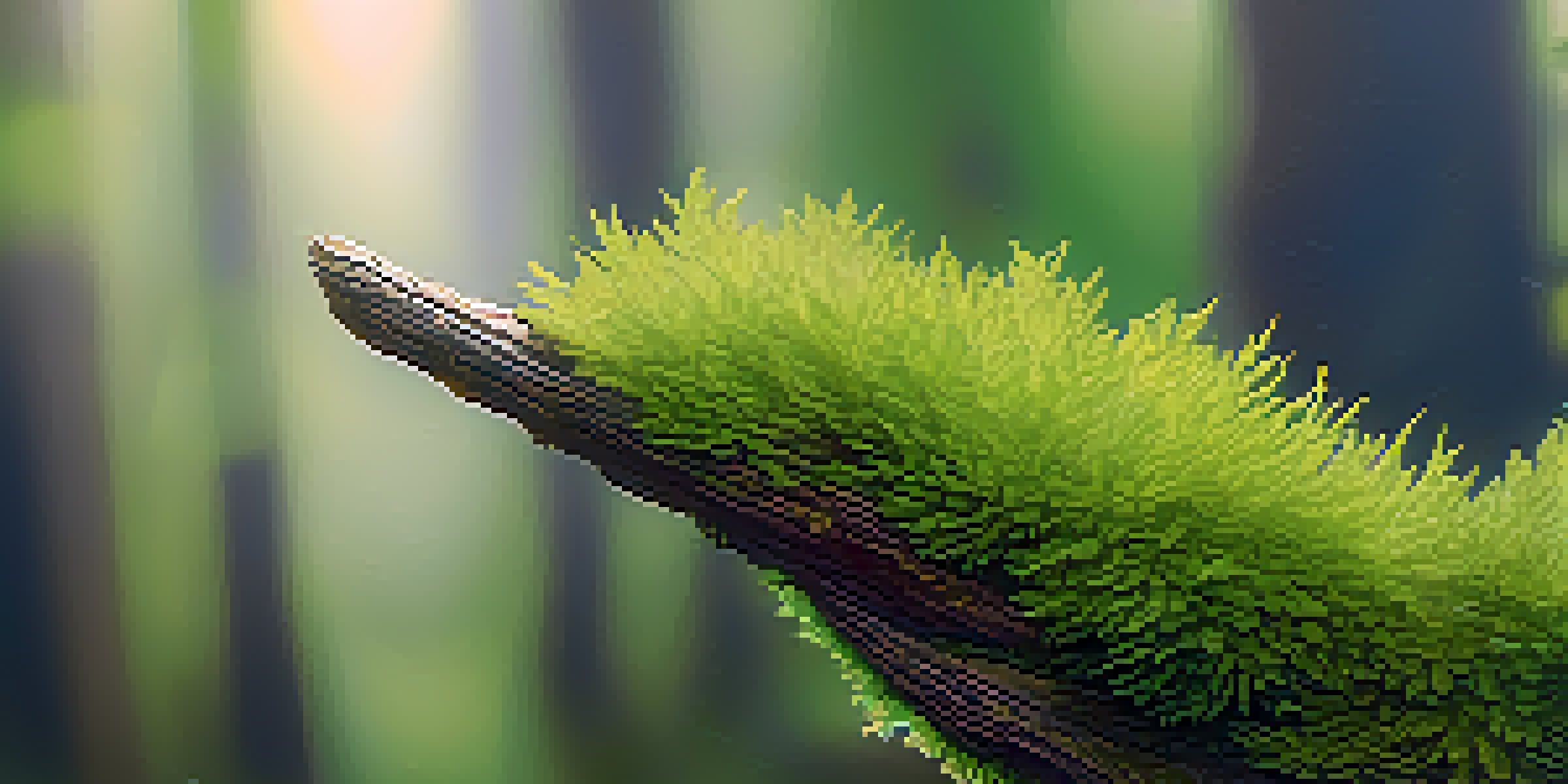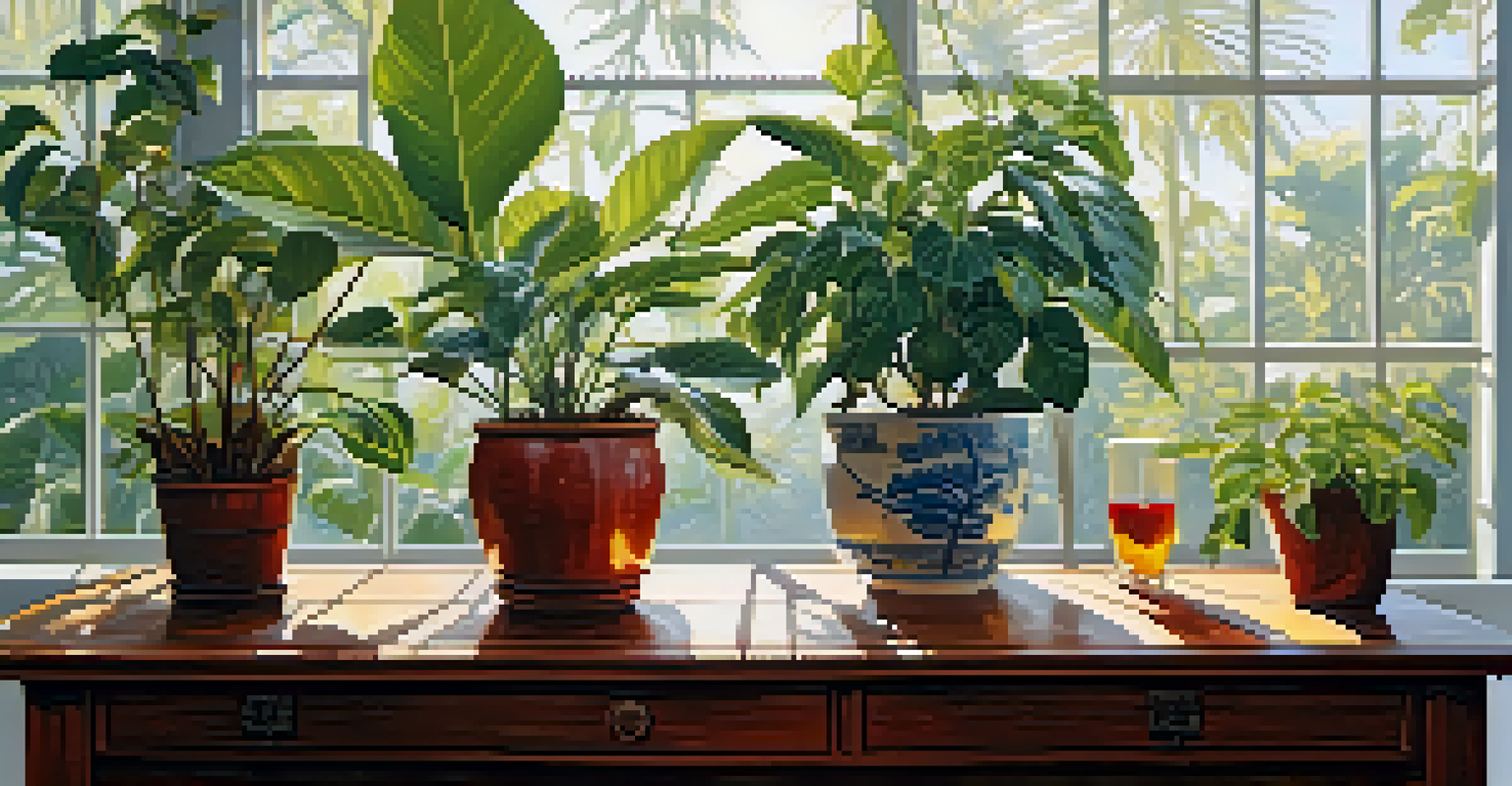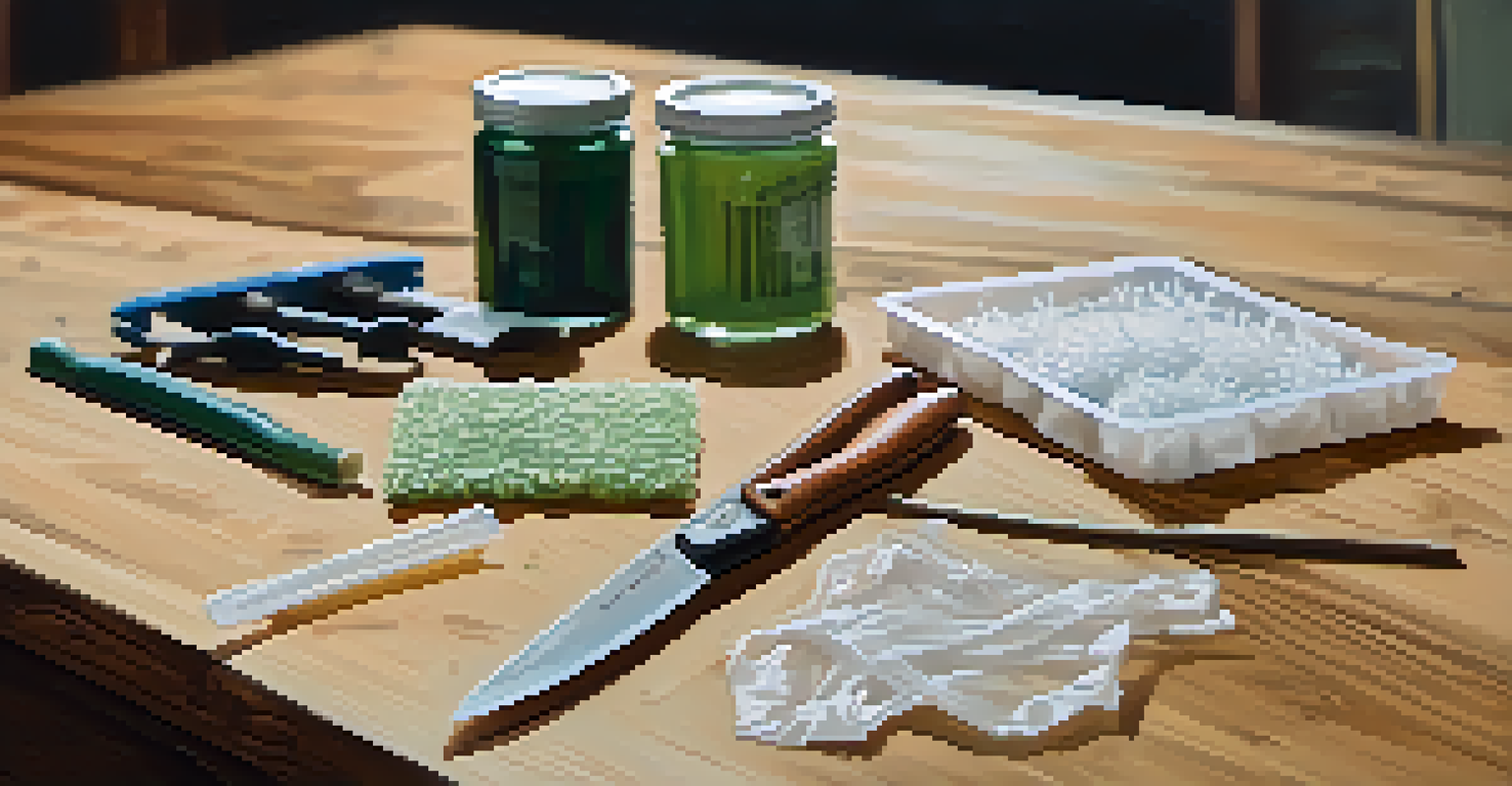Air Layering: An Advanced Technique for Plant Propagation

What is Air Layering and How Does It Work?
Air layering is a propagation technique that encourages a plant to develop roots while it's still attached to the parent plant. This method involves wounding a branch and surrounding it with a medium that retains moisture, allowing new roots to form. It's particularly useful for plants that are difficult to propagate through cuttings.
The greatest gift of the garden is the restoration of the five senses.
The process typically starts with selecting a healthy branch and making a small cut or ring around the bark. This wound exposes the inner layers of the plant, stimulating root growth. After applying a rooting hormone and wrapping the area in moist sphagnum moss, the branch is covered with plastic to maintain humidity.
Once roots have developed, which can take several weeks, the new plant can be cut from the parent and potted in its own container. This method not only increases the chances of successful propagation but also allows you to clone desirable plants with great precision.
Advantages of Air Layering Over Other Methods
One of the significant advantages of air layering is the higher success rate compared to traditional cuttings. Since the new roots develop while still connected to the parent plant, the cutting receives nutrients and moisture, which helps it thrive. This method is particularly beneficial for larger plants or trees that may be challenging to propagate otherwise.

Additionally, air layering allows gardeners to produce clones of specific plants that exhibit desirable traits, such as exceptional flowering or fruiting. This means you can maintain the same characteristics in the new plants, offering consistency in your garden. It’s a sort of insurance policy for your favorite plants!
Air Layering Enhances Plant Propagation
This technique allows plants to develop roots while still attached to the parent, increasing the chances of successful propagation.
Moreover, air layering can be performed at any time of year, as long as the plant is healthy. This flexibility means that you can propagate plants when conditions are right for you, rather than being limited to specific seasons.
Materials Needed for Successful Air Layering
To get started with air layering, you'll need a few essential materials: a sharp knife or pruning shears, rooting hormone, sphagnum moss, plastic wrap, and string or tape to secure everything. These materials are relatively easy to find and can often be sourced from your local garden center or online.
Gardening is the purest of human pleasures.
The rooting hormone is particularly important, as it encourages root development at the site of the cut. Sphagnum moss serves as a moisture-retaining medium that provides the ideal environment for roots to form. Plastic wrap helps to keep the humidity in, ensuring the moss stays moist during the process.
Having the right tools on hand will make the air layering process smoother and more successful. Just like cooking, having your ingredients ready can make all the difference!
Step-by-Step Guide to Air Layering
To successfully air layer a plant, start by choosing a healthy branch that is at least one year old. Make a small upward cut about one-third through the branch and then a downward cut to create a ring of exposed bark. This wound encourages root growth and should be treated with rooting hormone for best results.
Next, wrap the exposed area with moist sphagnum moss, ensuring it fully covers the wound. Then, secure the moss in place with plastic wrap and tie it off with string or tape to keep everything snug. Make sure the moss stays damp throughout the rooting process, checking it regularly.
Higher Success Rate with Air Layering
Air layering offers a better success rate compared to traditional cuttings, as the new growth receives nutrients directly from the parent plant.
After several weeks, check for root development by gently unwrapping the moss. If roots have formed, congratulations! You can now cut the branch below the new roots and transplant it into a pot. If you don’t see any roots yet, give it more time—patience is key.
Common Mistakes to Avoid in Air Layering
While air layering is a straightforward process, some common mistakes can lead to failure. One of the most frequent errors is not using enough moisture in the moss. If the moss dries out, it can hinder root development, so be sure to keep it damp throughout the process.
Another mistake is selecting a branch that is too young or too old. A healthy branch that is at least one year old usually has the best chance of rooting successfully. Also, avoid branches that are diseased or damaged, as these will likely not propagate well.
Lastly, be careful when securing the plastic wrap. If it’s too tight, it could strangle the branch, while too loose can expose the moss to air, drying it out. Finding that sweet spot is crucial for ensuring a thriving new plant.
Best Plants for Air Layering Success
While many plants can be propagated using air layering, some species are particularly suited for this method. Tropical plants like Ficus, rubber trees, and certain types of hibiscus tend to root well through air layering. These plants typically have thicker stems, which can support the process more effectively.
In addition to tropical varieties, fruit-bearing trees such as apples and pears also respond positively to air layering. This technique allows gardeners to clone specific varieties that produce excellent fruits, ensuring the new plants share the same characteristics.
Ideal Plants for Air Layering
Tropical plants, fruit trees, and ornamental shrubs are particularly well-suited for air layering, ensuring thriving new specimens for your garden.
Even ornamental shrubs like azaleas and camellias can benefit from air layering. By choosing the right plants, you can expand your garden with new specimens that you know will thrive and look great.
Final Thoughts on Air Layering for Gardeners
Air layering is a rewarding and effective method for propagating plants, offering a unique way to expand your garden. With a little patience and the right materials, you can create beautiful new plants that mirror your favorites. It's a technique that can elevate your gardening game and provide a sense of achievement.
As you get more comfortable with air layering, don’t hesitate to experiment with different plant varieties. Each successful layering can teach you something new about plant care and propagation, enriching your gardening experience.

So, grab your materials, choose your branch, and dive into the world of air layering. Your garden will thank you for the effort, and soon you'll have new plants to nurture and enjoy!